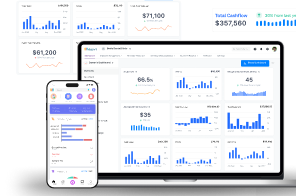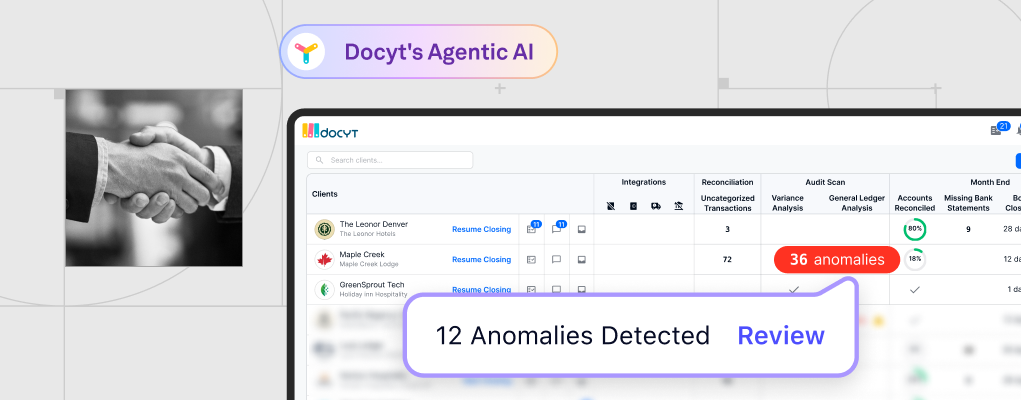Getting to the next stage in your business journey can be an exciting one. Sometimes the next stage requires an influx of capital that you may not have access to. A business loan can help kickstart or elevate your business to the next level. Before securing a business loan, however, it’s important to do the groundwork and identify if taking one out is the right path for you.
1. Exhaust all other funding sources before deciding on a business loan
While business loans can be just the thing a new company needs to get up and running, it should still be a last resort to funding a business. At the end of the day, a business loan is still debt, and debt can quickly eat up your profits. Other avenues should be explored before leveraging your profits and business assets. Countless businesses started the good, old fashioned bootstrapping way – through hard work. Others were funded with grants, crowdfunding, and peer-to-peer lending. Many hugely successful companies started with very little to no funding. Take a moment and ask yourself: is my product or service really in demand? How much profit has my business made so far? What are my profit projections for the next year? Can my business keep up with the demand? Getting brutally honest with yourself about your business prospects can help you decide if you need a business loan or not.
2. Understand the different types of business loans available to you
As a business owner, you have a responsibility to understand the front and back end of where your money is going. Part of this is having a clear understanding of the types of debt instruments your business may use to fund its operations. Before taking on any debt, be sure you clearly understand the different types of loans available to your business.
- small business line of credit: Much like a home equity line of credit, the small business line of credit is an agreed-upon amount available for access from the lender as needed. There is normally a fee for setting up this type of credit, but interest will not be charged until the funds are drawn from the account. Interest is usually paid monthly, and the loan is amortized over years. Most lines of credit are required to be renewed each year, otherwise the loan is usually required to be paid in full.
- accounts receivable line of credit: The AR line is based on the amount of your accounts receivable. You can get cash immediately, but the interest rate is variable. As accounts receivable is paid by your customers, the AR line is paid down.
- small business term loans: Much like a conventional term loan, a small business term loan is for a set amount that will be repaid over a set period of time (usually 6 months to 3 years). These types of loans are ideal for small businesses that need capital, or for large business purchases. The loans are usually at a fixed or variable interest rate, and can be secured or unsecured.
- SBA small business loan: These loans are federally-backed by the Small Business Administration, and offer favorable interest rates and repayment terms. Certain lenders provide SBA-backed loans, and can offer these terms that aren’t available elsewhere. With these terms, comes stricter qualification requirements. Find an SBA-backed lender on the SBA website.
- small business credit cards: These credit cards function much like a personal credit card, but they should be used for financing business necessities. Team credit lines are attached to the credit-worthiness of the card owner, though many small businesses have credit cards linked to the business owner herself. Interest rates vary, and these cards function much like personal credit cards when it comes to annual fees.
- working capital loan: Certain businesses have seasonal fluctuations in expenditures that require an influx of capital. These loans generally range from around $5,000-$100,000, and must be repaid in a short period of time, such as 30 days to one year. If a small business doesn’t have a solid credit history, it may be required to provide collateral for this type of loan.
- equipment loan: Certain companies require specific machinery to operate, and the expenditure of this equipment can be taxing to a new business. Equipment loans generally range between $5,000-$500,000, and are secured by the equipment itself. These loans have a set or variable interest rate, and a set repayment period.
3. Make sure you meet the financial qualifications for a business loan
After conducting research on the right business loan for your needs, it’s important to understand what financial qualifications a lender might be looking for. Much like personal loans, lenders will look into your financial details, as well as the financial health of your business. You can prepare yourself by understanding what a lender may want to review, including:
- Credit score / Credit report: Lenders will pull credit reports and scores of the business leaders who will be tied to the loan.
- Outstanding loans and cash flow: Does your business already have existing loans? Is the cash flow meeting payment demands on these loans? Lenders will take a close look at debt to income ratios before issuing a loan.
- Assets within the business: Many businesses require expensive machinery or equipment to run. Many times, lenders will secure loans against these assets. Additionally, a lender will look at the cash balances in the business accounts to determine if there is enough liquidity to justify lending funds.
- Years in business: A solid track record of business success and profitability can make it easier for lenders to consider issuing a business loan.
- Investors within the company: A company will be viewed more favorably if it has solid financial backers or investors supporting it.
- Financial statements: Lenders will take a close look at a business’ financial statements to determine whether the company is profitable, and whether they are likely to get their money back.
- Public profile: It’s not just employers that check your social media and web presence. Lenders will review your business website, social media profiles, and general online presence. Be sure it’s up to date and professional in appearance.
4. Shop around for the right lender
It helps to understand that lenders want to generate business loans for up-and-coming companies. Since they are in the business of lending money, it’s in your best interest to shop around for the most competitive interest rates. Also, it’s important to understand the different types of lenders who offer these types of loans.
- SBA-backed lenders: Small Business Administration loans are secured by the government, and usually offer favorable terms.
- Credit unions: Local credit unions frequently offer attractive rates, especially for local community businesses.
- Commercial banks: Large lenders, such as Wells Fargo, Bank of America, and Citibank, offer business loans that frequently require a more rigorous application process.
- Peer-to-peer lending sites: These sites offer funding by personal investors who directly provide funding for business loans.
- Direct online lenders: A direct loan is made between a borrower and investor, without third party involvement. This usually lowers the cost of fees associated with the loan, but has less rigorous underwriting.
5. Gather the required documents
Lenders will ask for specific information to be provided to them before underwriting a business loan. The process will be easier for you if you gather the required information beforehand. A lender will usually ask for all or a number of the following documents:
- Name of business
- Federal Tax ID
- Legal Structure
- List of executive officers and their backgrounds
- Financial statements over the last 2-3 years, including balance sheets, income and loss statements, cash flow statements, tax returns, and projected income statements.
- Business plan or company pitch deck
- Business bank statements
6. Have a clear understanding of business loan terms and conditions
Taking out a business loan can mean thousands of dollars in interest and fees, depending on the loan terms. Prior to signing the loan agreement, it’s very important to have a clear understanding of what you are signing up for, and what it means for your business. Set a time to walk through the document with your lender. Before that meeting, go through the document with a fine-toothed comb, and highlight any questions you may have, or terms you don’t understand. You will likely want to get clear answers to the following questions before signing.
- What is the interest rate? Is it fixed or variable?
- How is principal amortized over the life of the loan?
- Is there a prepayment penalty?
- Are there additional costs or fees outside of the interest rate? Administrative fees? Loan origination fees?
- Can the lender ever demand payment in full, even if the account is in good standing?
7. Submit your business loan application
When you have satisfied the lender’s requirements, and you have a clear understanding of the business loan terms, set monthly payment date expectations with your lender, and submit your application for consideration. Most lenders have a fairly fast turnaround, and will give you an answer shortly after submitting your application.
Taking out a business loan can be a stepping stone to the next phase of your business. Whether you’re buying equipment, designing a new product, or renting a new space for your business, be sure to make your business loan payments on time and in full. Establishing positive debt repayment practices can help you, should you ever need to apply for a business loan in the future.






